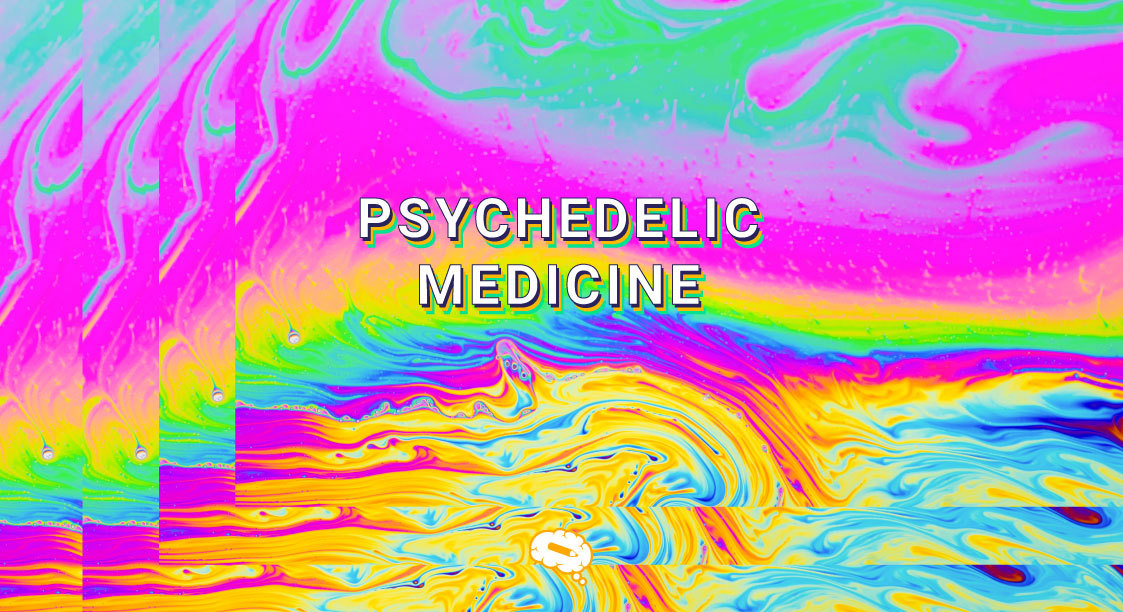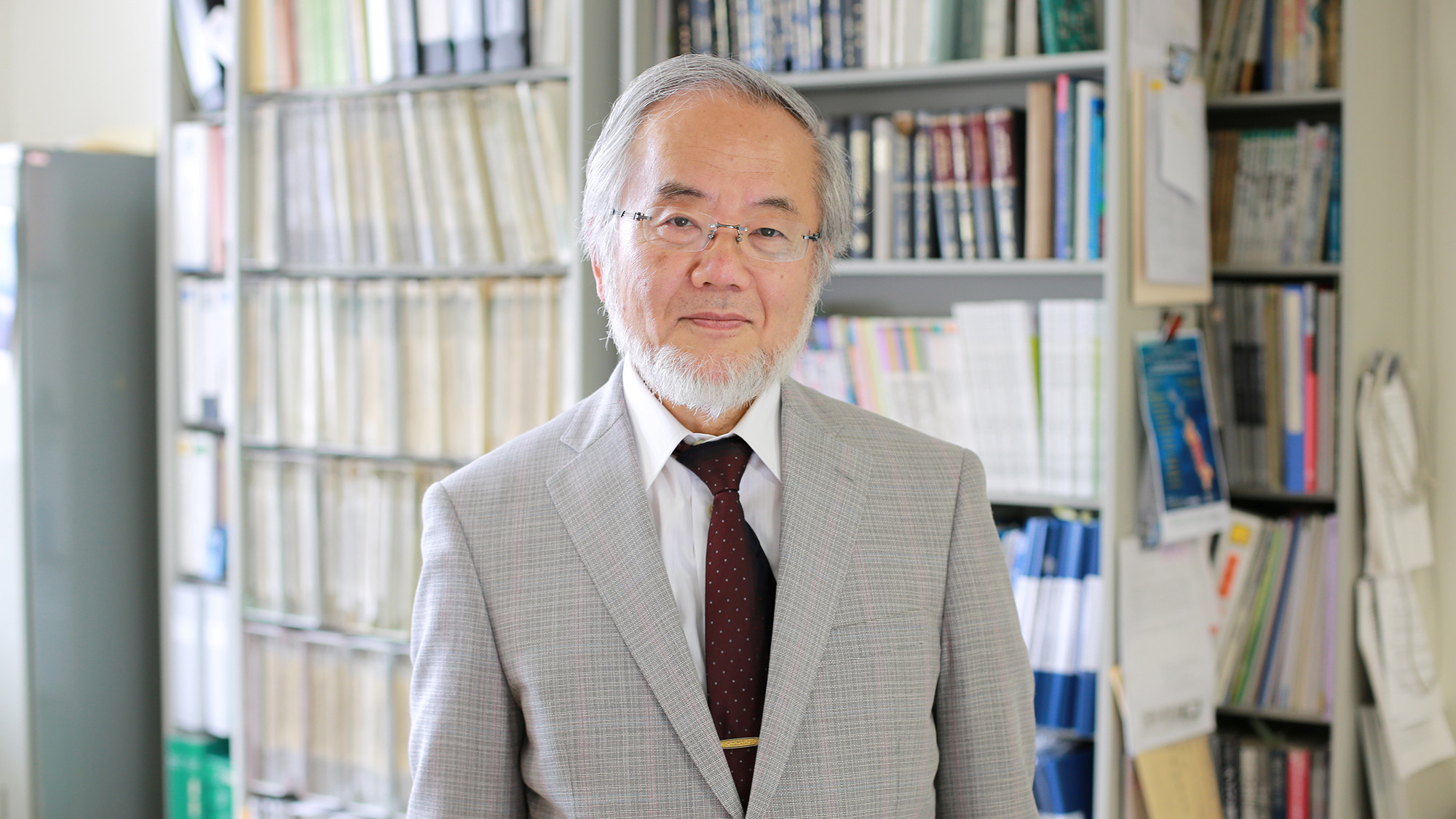The term forensic refers to scientific processes employed in criminal investigations. When you seek forensic evidence, you are using your scientific understanding to solve or discover evidence of a crime.
Forensic investigation has several subcategories, including forensic medicine, forensic pathology, odontology, toxicology, forensic science, among many others.
In this article, we’ll explain forensic medicine in simple terms and compare it to a comparable category: forensic science.
What is forensic medicine?
Forensic medicine is a specialty of medicine concerned with applying medical knowledge to legal problems through the examination or evaluation of victims to determine the cause of death or injury.
It encompasses a number of subspecialties, including forensic pathology, forensic psychology, and forensic anthropology, all of which are concerned with employing medical knowledge to address legal problems.
Forensic pathology, for instance, is one of the most common branches of forensic medicine and it examines the corpse to establish the cause of death in circumstances when the death was unexpected, abrupt, or questionable. They must analyze all of the facts related to the death in order to interpret how it occurred, identify the reason and time of death, and determine if the death was natural or intended.
A forensic pathologist will inspect the corpse externally and internally throughout an autopsy, looking for any evidence of trauma or illness that may have led to the death. They may also take tissue samples and other materials for further examination in the laboratory.
When there is an injury to investigate, forensic specialists must ascertain how the injuries occurred, whether it was inflicted by a weapon or by force, and the injury facts must be consistent with the victim’s or any other party’s statement.
Forensic medicine is critical in the criminal justice system because it provides critical information and evidence that can aid in the resolution of crimes and the prosecution of criminals. It is a vital instrument for maintaining the fairness and justice of the judicial system.
What is forensic science?
Forensic science is the application of scientific concepts and procedures to criminal investigation and evidence processing. It is a multidisciplinary area that examines and analyzes physical evidence in criminal cases using diverse scientific methodologies and technology.
Forensic science encompasses several subspecialties, such as forensic biology, forensic chemistry, forensic engineering, forensic psychology, and forensic anthropology, to name a few. Each of these subspecialties entails the use of unique scientific procedures and technology to the examination and analysis of various sorts of evidence.
The difference between forensic science and forensic medicine
Forensic science and forensic medicine are two distinct specialties that are sometimes confused. While these professions are connected and frequently collaborate, they are different and have different areas of specialization.
Forensic science in criminal investigations includes the examination and analysis of physical evidence. This might include a range of evidence sources such as biological evidence (DNA or blood), trace evidence (fibers or hairs), and physical evidence (weapons or fingerprints).
While the analysis of body evidence as an investigation is possible in forensic science, it is not the heavy focus of the specialty. Instead, forensic science relies on the inspection and analysis of physical evidence to aid in the resolution of crimes and the prosecution of criminals.
Forensic medicine or forensic pathology, on the other hand, is a medical specialty that examines the corpse to establish the cause of death or to examine living victims in cases where the victim’s injuries are severe or the victim is unable to provide a clear account of what happened. This can be done through autopsies, body evaluations, and other procedures like microscopy, toxicology, and DNA analysis.
Turn your data into easy-to-understand
Have you heard the expression “a picture is worth a thousand words”? Did you know that articles with relevant illustrations receive 94% more views than those without? Begin using Mind The Graph to transform your data and work into easy-to-understand illustrations!

Subscribe to our newsletter
Exclusive high quality content about effective visual
communication in science.





